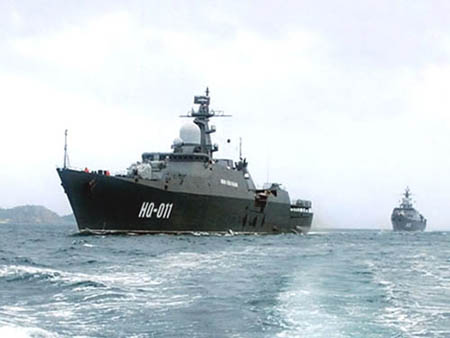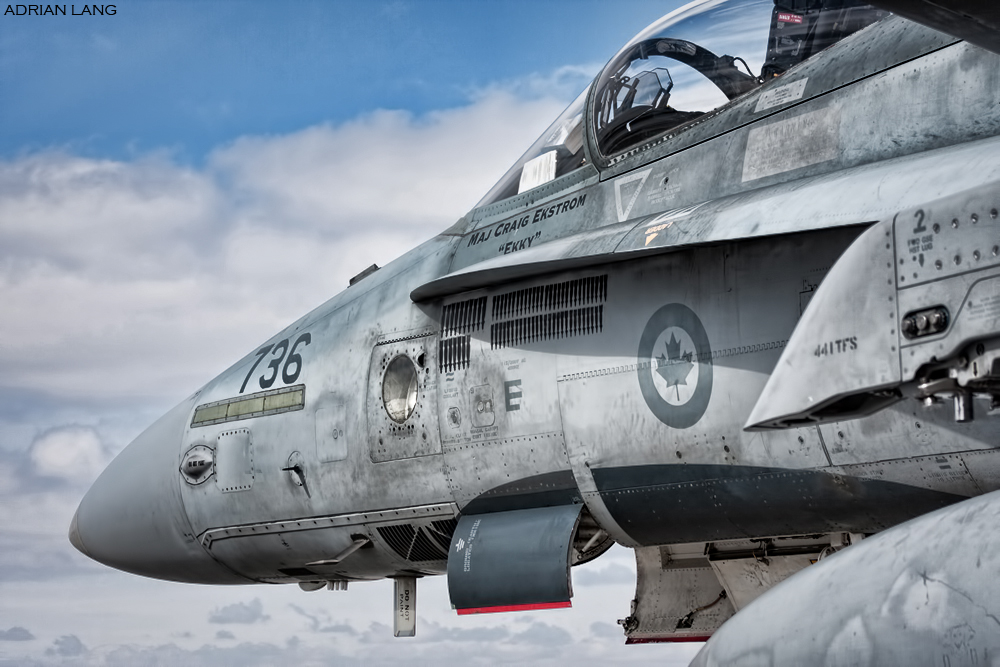Amid increasing concerns about China’s maritime role in the Pacific, a new player is emerging onto the scene. In the span of a short few years, the Vietnam People’s Navy has rapidly developed impressive capabilities. The United States has previously been frustrated in its efforts to find regional balancers capable of checking Chinese expansionism. Southeast Asia has generally lacked the maritime capabilities to address piracy, let alone any hypothetical offensive operation by the People’s Liberation Army Navy (PLAN). Indonesia, for example, has resorted to relying on joint patrols with the Indian Navy and Coast Guard.

However, Vietnam’s investment in fleet modernization and expansion has positioned the country for a potential leadership role in the region. In April 2011, Vietnamese authorities ordered six Kilo-class submarines from the Russian Federation. The first of these vessels was delivered in 2012 and the final submarine is expected by 2016. Once delivery of the order is completed, Vietnam will have the largest and most modern submarine fleet in Southeast Asia. This remains a small complement of submarines in comparison to the PLAN fleet though, which consists of 12 nuclear-powered submarines and 50 conventional submarines. In fact, China’s fleet of Kilo-class submarines alone is double the size of Vietnam’s submarine fleet. But as the United States pursues its strategic pivot to Asia, it has become the sole counterweight to Chinese regional dominance. In order to relieve this pressure, U.S. policymakers are keen to find countries that could contribute meaningfully to a multilateral security framework, thus supporting their efforts to balance China. Six Kilo-class submarines will allow Vietnam to contribute in just such a capacity.
The Vietnam People’s Navy is also actively expanding and modernizing its surface fleet. Two Gepard-class frigates were recently acquired from Russia, and another two vessels of this class are expected to be delivered soon. Vietnam has also made it quite clear what threat these frigates are primarily intended to address. When the first of the Gepard-class frigates was received from the Zelenodolsk Shipyard in Russia, the vessel was named Dinh Tien Hoang. This references an important Vietnamese historical figure who founded the Dinh dynasty in ancient Vietnam after liberating the country from Chinese rule. By so naming the ship, it seems the Vietnamese government wished to emphasize the country’s independence (including from Chinese influence) and indicate that a robust maritime force is one tool for ensuring continued sovereignty.

Other additions to Vietnam’s surface fleet are undergoing production. Damen Schelde Naval Shipbuilding, based in the Netherlands, is working to complete an order for four Sigma-class corvettes. These lighter ships have proven popular among the maritime forces of Oman, Morocco, and Indonesia. Vietnam has staked much on the success of Russia’s newest Molniya-class corvette design: two vessels have been delivered by Almaz Shipbuilding Company, while Vietnam plans to produce another six domestically under license.
By the time the country’s current orders are completed in 2018, the Vietnam People’s Navy will consist of six submarines, nine frigates, 17 corvettes, 22 off-shore patrol vessels, eight minesweepers, an impressive coastal anti-ship missile system, and a considerable array of auxiliary vessels.

Although the power disparity with PLAN persists, these capabilities present a viable deterrent. At the same time, Vietnam is well on its way to possessing the capabilities necessary to contribute to multilateral expeditionary operations, similar in many respects to South Korea’s contributions to Operation Ocean Shield in the Gulf of Aden.
Given these developments, it may be worthwhile for NATO leaders to seek deeper engagement with Vietnam. At the very least, serious consideration should be given towards raising the profile of Vietnam as a leading member of the Association of Southeast Asian Nations (ASEAN). Starting too late on building the relationship could mean difficulties in ensuring interoperability with NATO forces further down the line.




